|
Friends: I'd love to have your help to figure out what bird was murdered in our backyard. I am pretty sure I know who did it... we have a neighbourhood cat who is often on the prowl... I just need to know which of my feathered friends it was. Here is a photo of what remained: You could just guess, OR the U.S. Fish And Wildlife Service has a Forensics Laboratory and Feather Atlas where you can search feathers by colour, pattern, size, position, and type of bird. So if you have a feather collection like I do, it can be very helpful as you try to discern which bird body it belonged to.
Here is some information about the feathers pictured above: Colour: If you can't detect shade from this photo, I'll tell you what colours my eyes see: there are varying degrees of grey, some black, and some white, and then at the far left end, some shades of brown. Size: The feather at the far right is 13cm long. The all grey feather in the middle, just to the left of the one that has white on its tip and left side, is 9cm long. The feather at the far left, with some black, brown, and black spot on brown, is 6.5cm long. Habitat: I live in the city, on the border of Waterloo-Kitchener, and have a backyard bird feeder. There is no water around, so this is no water fowl. What do you think?
0 Comments
“It is a serious thing Just to be alive On this fresh morning In this broken world.” ~ Mary Oliver Hello to our dear forest school families! We wanted to send you some ideas of outdoor-related things to do while you're having a bit of a different routine (maybe) than usual. For some of you, maybe your homeschooling continues as usual - although with less interactions with other homeschoolers. For the schoolers, it's perhaps a bit of a summer-holiday-but-not-quite feeling. And for you parents! Blessings and all good things to you right now. :) Over the next few weeks, I wanted to give you some ideas of routines that we do in our forest school sessions. Perhaps after reading these posts, you'll say: hey! I can do forest school easily from home! Exactly. You can! I encourage you to make these routines part of your family's practices - for you as adults too. They are good for any age's soul. I'll also include some ideas for what to spot outside this time of year, and some crafty/maker ideas. Feel free to play along and send photos of your creations to kitchenerforestschool@gmail.com. Routine #1: the sit spot.Maybe you've heard your child recount a sit spot experience at forest school. Or maybe when you ask about what they've done in forest school, the answer is "nothing." I assure you, the nothingness that is cultivated during a sit spot experience can be quite magical. Often, when we review our time together as a group, several children will point to the sit spot as their favourite time. This often takes adults by surprise. The sit spot is quiet, introspective, calm, un-moving. Not always how we picture young children. Here is the recipe for our sit spot routine: find a place in nature where you can sit for several minutes and open your senses. We give the guidance that this is not a climbing or a building time, or time to make silly faces at your friends time, but an opening your ears and eyes and noses and feelings and thoughts time. Some children choose to use a nature journal to record things; others just take it all in. Sometimes we will have a story that leads in to a sit spot time. The Quiet Place by Douglas Wood is one great example. But most often, we will either sing a song to start it, or put down our "veil of silence", lifting our hands up to the sky, then lowering a pretend veil or curtain as we count backwards from 10 to 0. When we get to zero, everyone is quiet and finding their spot to sit. Then we wait. Like a turtle, or moss growing on bark, or like us, quiet and still. After a few minutes (or longer, depending on many factors), we gather. We use an owl hoot most often to call the group back. Sometimes we use a "singing bowl" and we hit it three times like a chime to call people back to the circle. We then lift the veil of silence back up, and then sometimes share what we saw/smelled/heard/felt/thought about during that time. The sit spot encourages us to really get to know a piece of land. To notice the little things around us: the movement of wind, the call of a bird, the colour of the light through the trees, the buds or leaves or bare branches, the feelings that are inside of us today. It allows us to sit with ourselves and with the land, cultivating closeness to both. Explore: make a sound map.As part of a sit spot, you can introduce a sound map. This is a way of recording the sounds you hear around you. Take a clipboard, piece of paper, and pencil. Make an X on the page that represents you. Then sit quietly, waiting for sounds. When you hear one, record it on your map in relation to you, using a picture or word or letter as representation. Listen for several minutes, and see how many sounds you can hear, and from which directions they are coming from. Create: make a map of Huron Natural Area.Kids! Make a map of Huron Natural Area. What do you remember about the land? Some things to consider for your map:
This week, outdoors:Brought to you by our friend Josh Shea at the City of Kitchener, here are some exciting things to start looking for this week outside. See how many you can find, and let us know!
|
Read on...Hammers, Huge Swings, and the Freedom to Play Archives
April 2020
|
We are honoured to walk, learn, and play on the traditional territories of the Haudenosaunee, Anishinaabeg, and Chonnonton Nations, treaty lands of the Haudenosaunee. Grateful for the ongoing care, stewardship, and teachings from Indigenous Peoples that help us walk gently on this earth. We are committed to the ongoing process of decolonization through partnering with local Indigenous educators in our facilitation, learning about the past and about good ways to move forward together, respecting the land as our First Teacher.
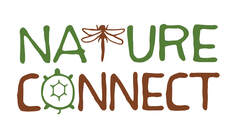
Join our email update list
© Nature Connect 2024
© Nature Connect 2024

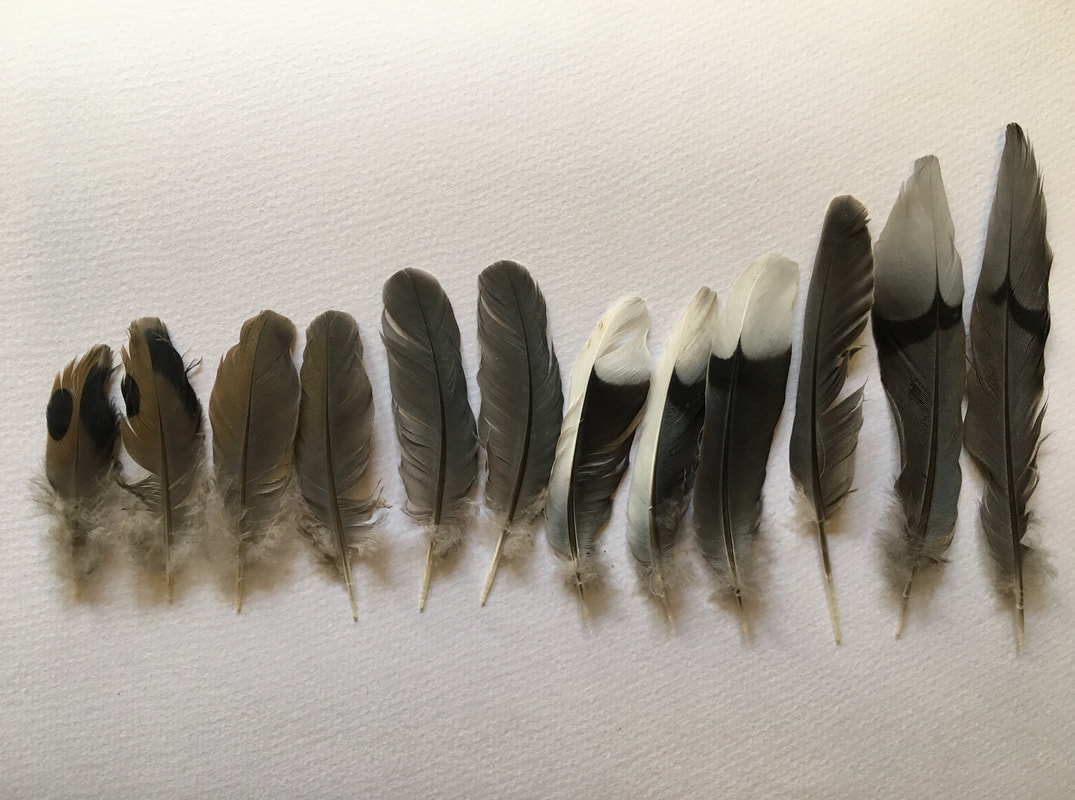
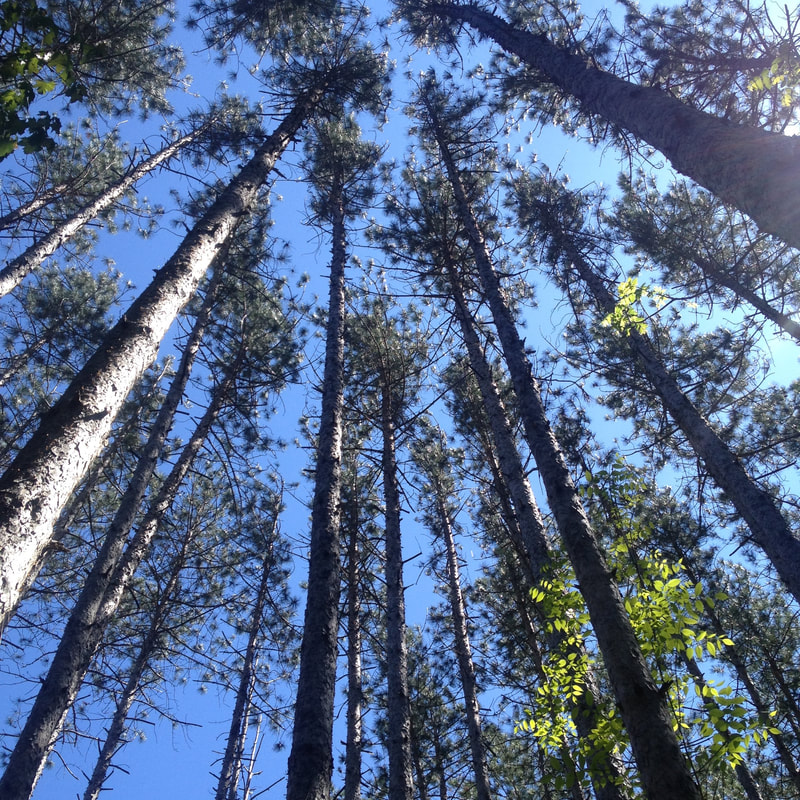
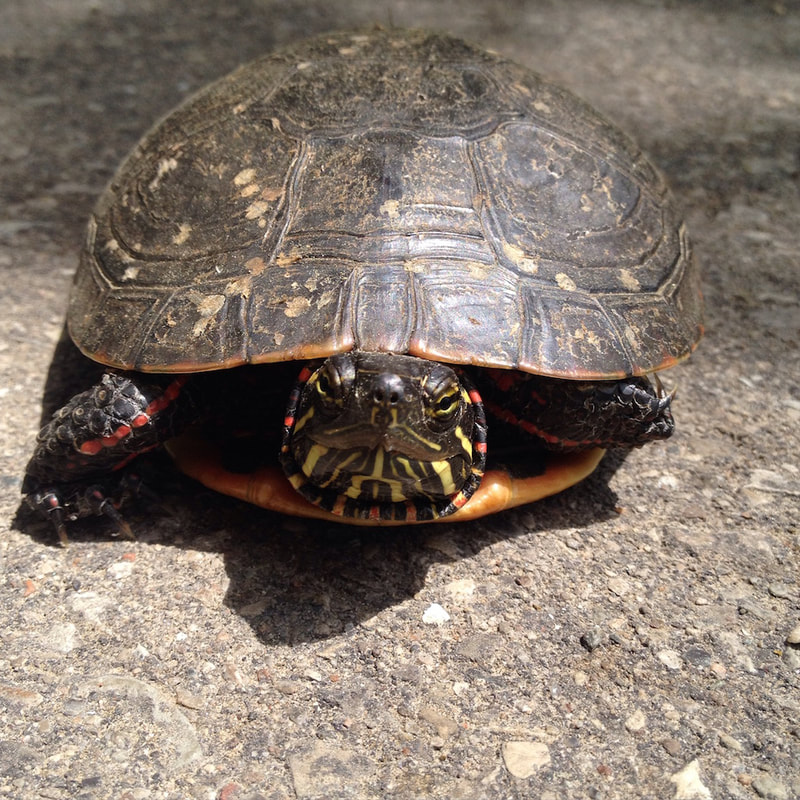
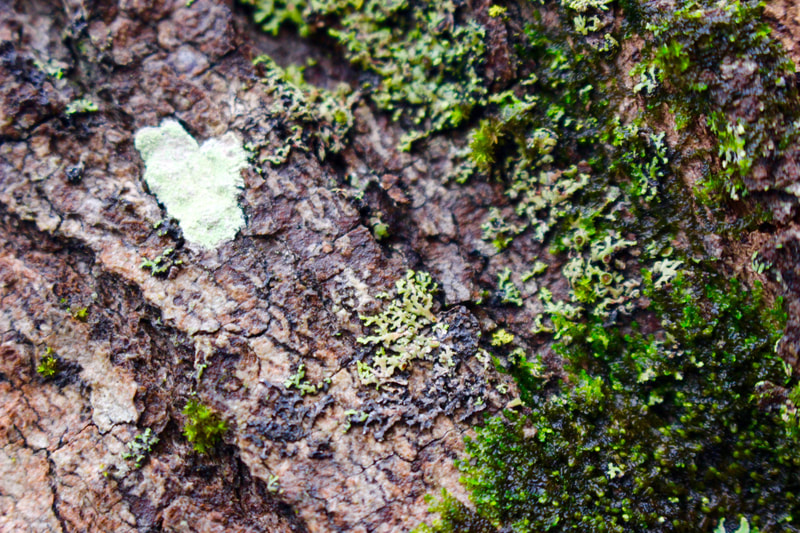
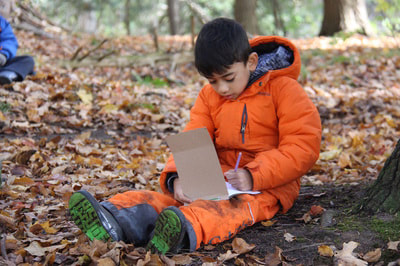
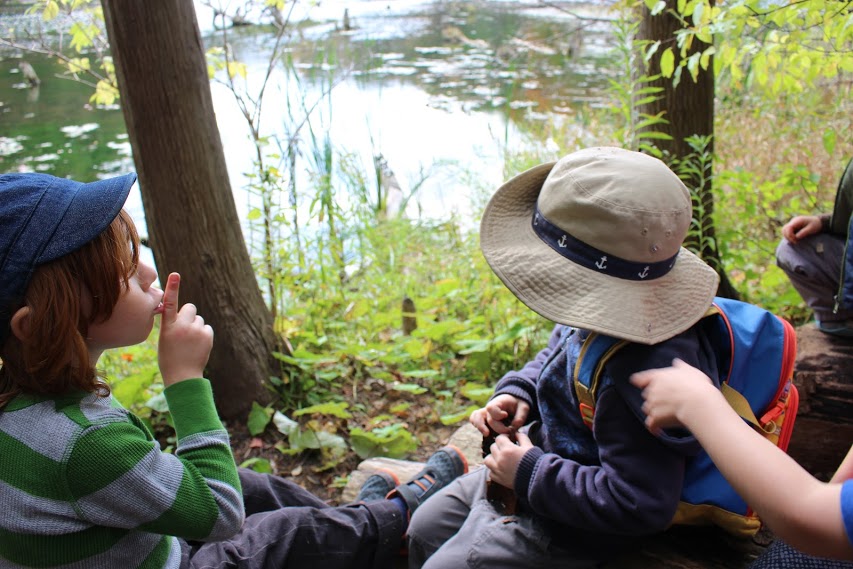
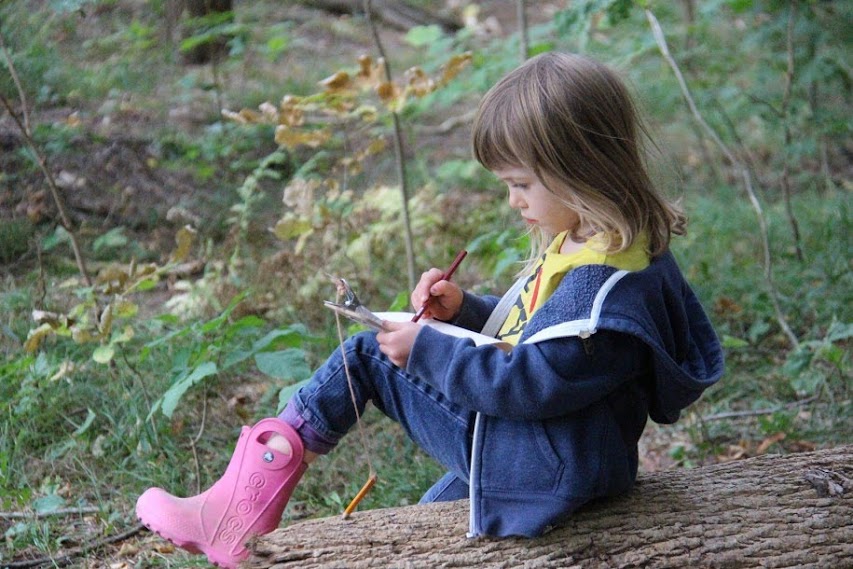
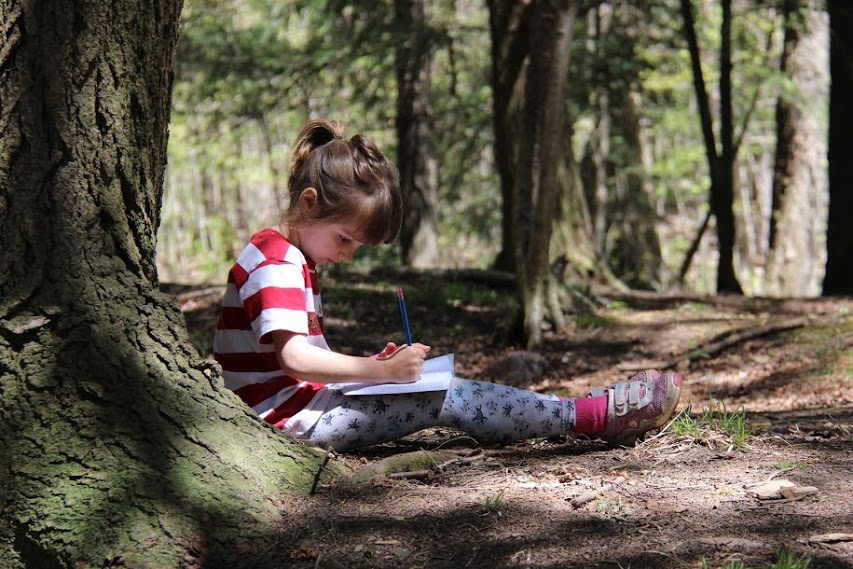
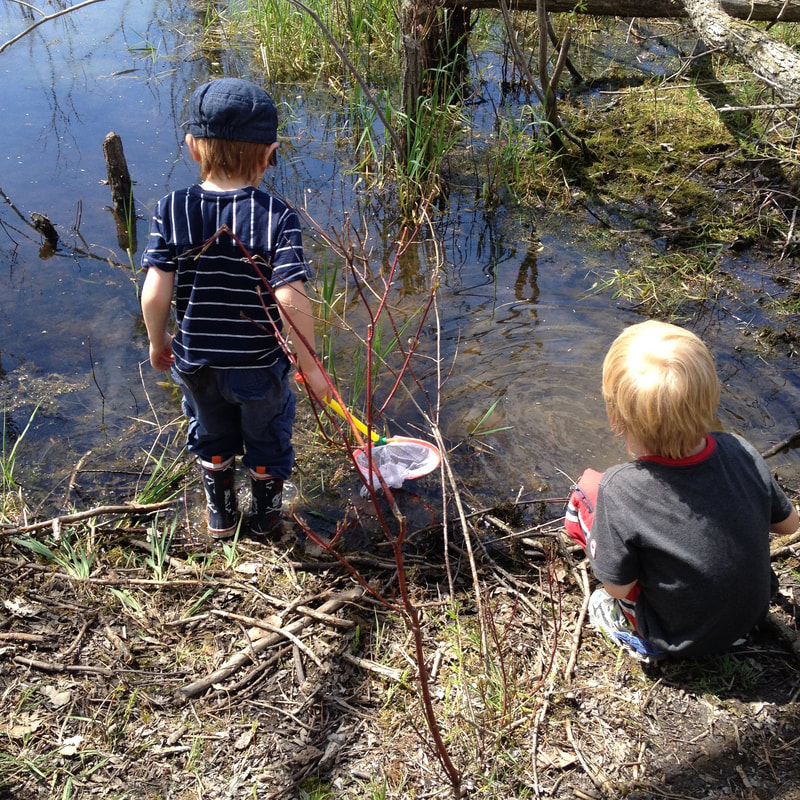
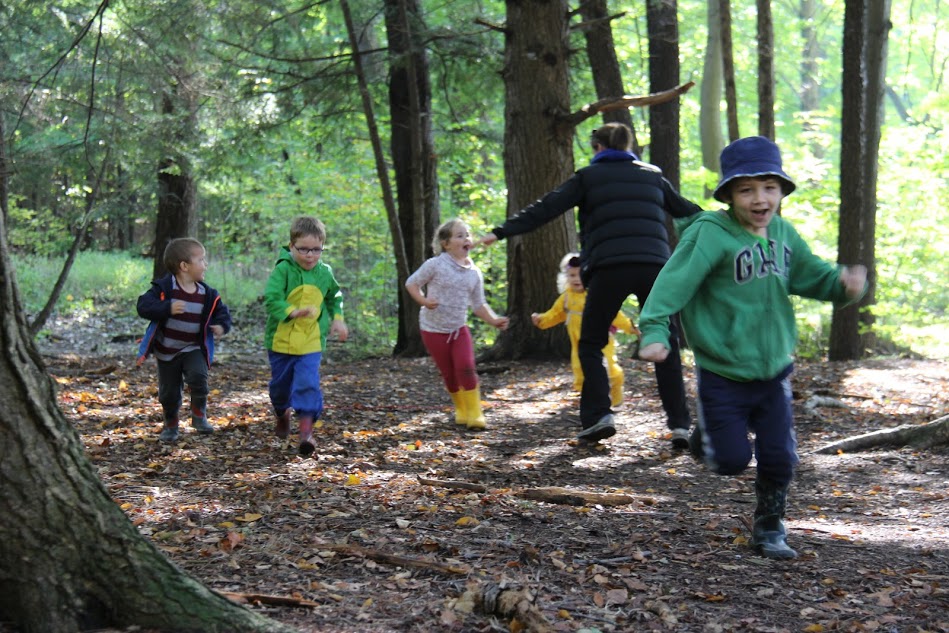
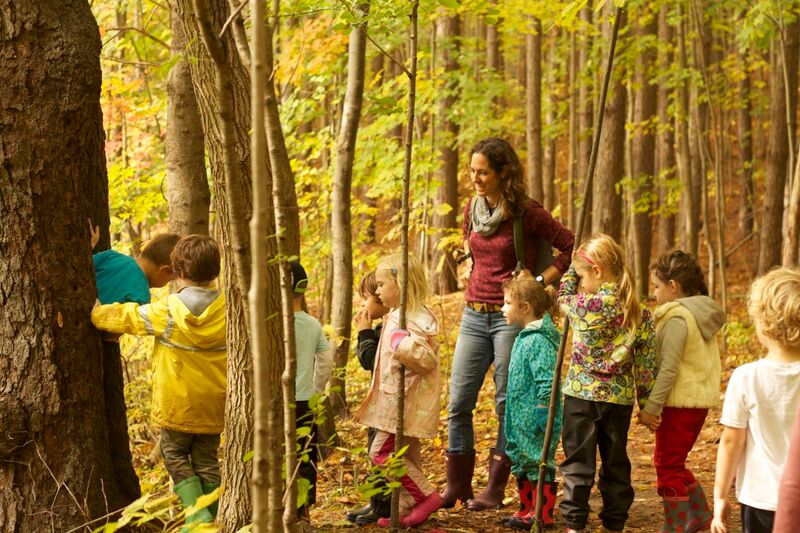
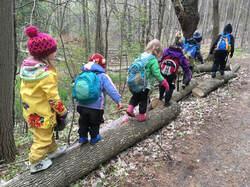
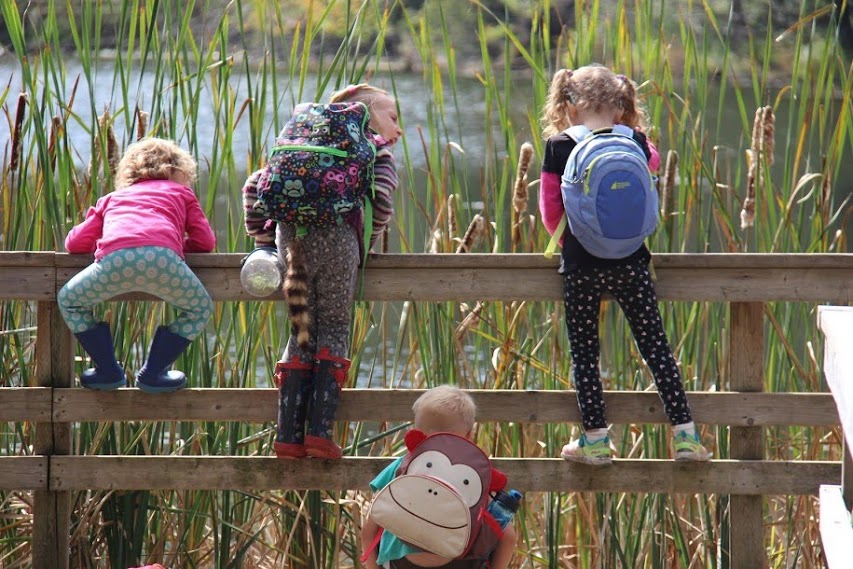
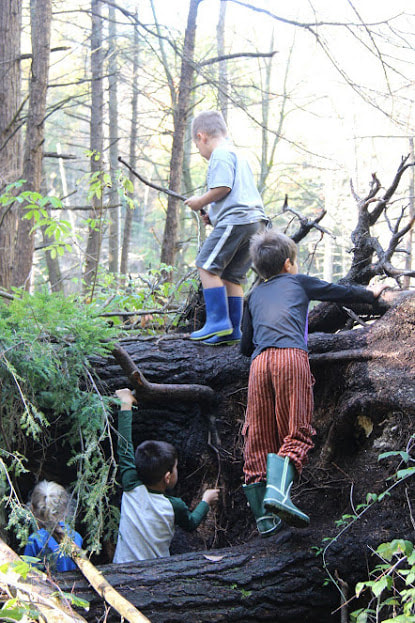
 RSS Feed
RSS Feed